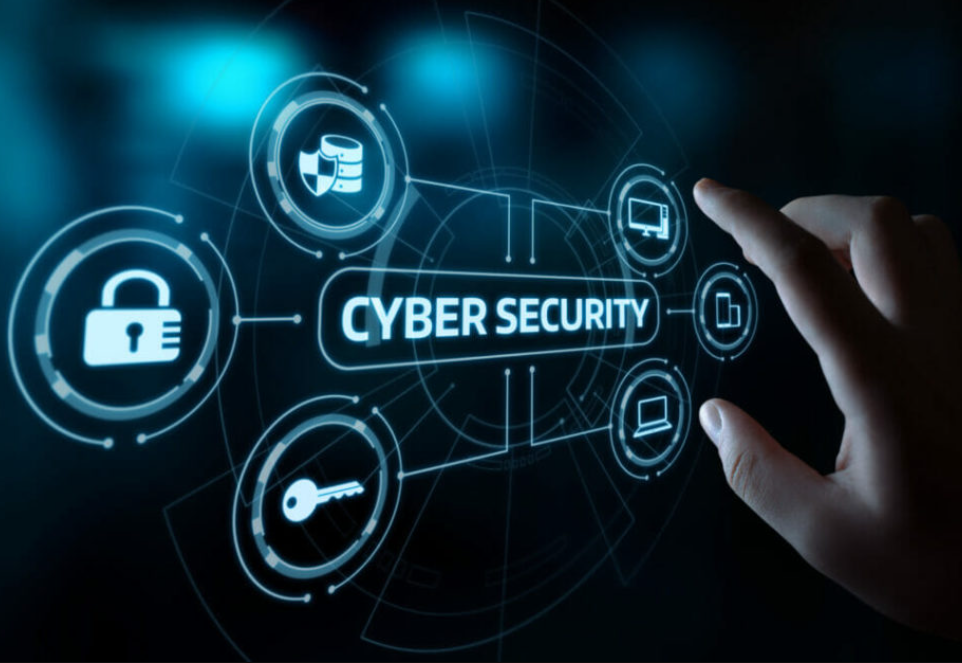Cybersecurity has become a critical concern in an increasingly interconnected world. Individuals face numerous threats, including phishing and malware, that can jeopardize their personal information. Understanding these threats is essential for effective protection. Implementing best practices can significantly mitigate risks. However, many remain unaware of the specific measures that can safeguard their digital assets. Exploring these topics reveals not only the importance of vigilance but also practical strategies for enhancing one’s security posture.
The Importance of Cybersecurity in Today’s Digital Age
In an era defined by rapid technological advancement, the significance of cybersecurity cannot be overstated. Data breaches pose a persistent threat, jeopardizing online privacy and undermining personal freedoms.
As individuals increasingly rely on digital platforms, the need for robust cybersecurity measures becomes paramount. Protecting sensitive information not only safeguards individual rights but also fortifies the integrity of digital ecosystems against malicious incursions.
See also: morningtimenews
Common Cyber Threats and How to Recognize Them
While the digital landscape offers numerous benefits, it also harbors a variety of cyber threats that individuals and organizations must recognize and address.
Among the most prevalent are phishing attacks, which deceive users into revealing sensitive information, and various malware types, including ransomware and spyware, which can compromise systems.
Understanding these threats is crucial for fostering a secure digital environment and enabling informed decision-making.
Best Practices for Protecting Your Personal Information
Implementing best practices for protecting personal information is essential in an era where data breaches and cyber threats are increasingly commonplace.
Effective password management, including the use of unique passwords and two-factor authentication, significantly enhances security.
Additionally, secure browsing habits, such as employing virtual private networks (VPNs) and avoiding unsecured Wi-Fi connections, are crucial in safeguarding sensitive data from unauthorized access and potential exploitation.
Resources for Staying Informed About Cybersecurity Trends
Accessing reliable resources is critical for individuals and organizations aiming to stay ahead of the rapidly evolving landscape of cybersecurity threats.
Cybersecurity podcasts provide timely insights and expert interviews, while online courses offer structured knowledge to deepen understanding.
Engaging with these resources empowers users to adapt to emerging trends, fostering a proactive approach to safeguarding personal and organizational digital assets.
Conclusion
In an age where digital connectivity is hailed as a hallmark of progress, the irony lies in the staggering prevalence of cyber threats that accompany this advancement. Individuals may revel in the convenience of online services, yet they often overlook the vulnerabilities that jeopardize their personal information. By embracing cybersecurity fundamentals, one can paradoxically transform the very tools meant for convenience into fortresses of protection, turning a potential liability into a bastion of personal security in an increasingly perilous digital landscape.



